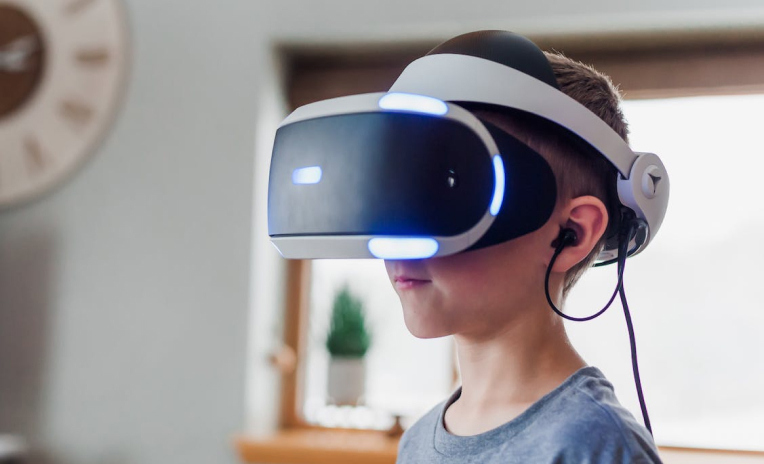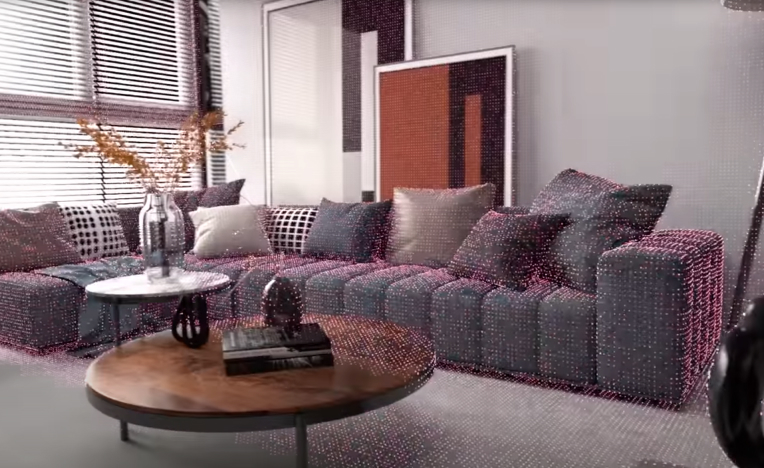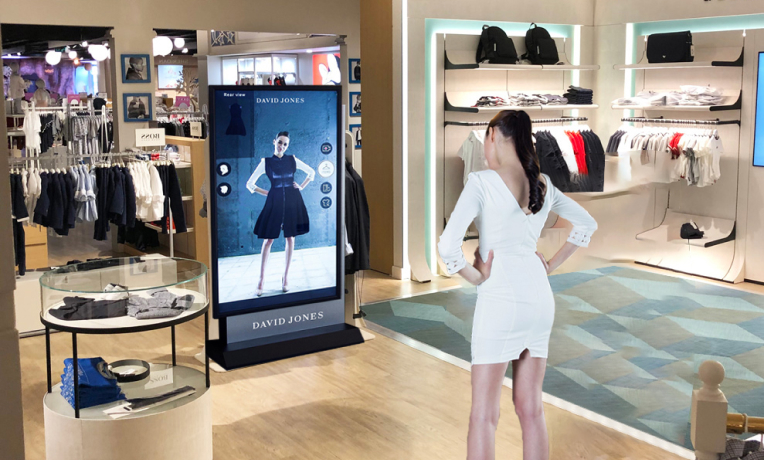
10 Key Considerations when Designing for XR
By NEOTEQ | Posted Jul 25, 2023
Designing for Extended Reality (XR), which encompasses Virtual Reality (VR), Augmented Reality (AR), and Mixed Reality (MR), requires a unique approach to create compelling and immersive experiences. Here are ten key considerations to keep in mind when designing for XR:
User Experience (UX) at the Core: Put user experience first in your XR design. Ensure that interactions are intuitive, comfortable, and easy to understand. Minimize motion sickness and discomfort through thoughtful design choices.
Realism vs. Immersion: Strive for a balance between realism and immersion. While realistic environments can enhance the sense of presence, too much realism can lead to the uncanny valley effect. Focus on creating engaging experiences rather than hyper-realistic simulations.
Spatial Awareness: Understand the user's physical space and design XR experiences that align with it. Ensure that virtual objects and interactions respect physical boundaries to prevent collisions and accidents.
Contextual Interaction: Integrate interactions seamlessly within the XR environment. Leverage spatial gestures, voice commands, and intuitive controls that enhance the feeling of presence.
Performance Optimization: XR applications require high frame rates and low latency to maintain immersion and prevent motion sickness. Optimize your design to run smoothly on target devices and platforms.
Accessibility and Inclusivity: Consider diverse user needs, including physical limitations and cognitive abilities. Design XR experiences that are accessible and inclusive for all users.
Storytelling and Narration: Develop a compelling narrative to guide users through the XR experience. Storytelling can enhance engagement and provide context for users' actions in the virtual world.
Clear Visual Hierarchy: Create a clear visual hierarchy to guide users' attention within the XR environment. Use contrast, color, and visual cues to direct focus and communicate important information effectively.
Feedback and Responses: Provide immediate and meaningful feedback for user actions. Visual, auditory, and haptic feedback can enhance the sense of interaction and presence in XR.
User Testing and Iteration: Regularly conduct user testing throughout the design process. Gather feedback from real users to identify pain points and areas for improvement. Iterate on your design based on user insights.
By keeping these key considerations in mind, designers can create immersive and enjoyable XR experiences that leave a lasting impact on users, whether for entertainment, education, training, or business applications.
Recent Industry Insights
-
 10 Key Considerations when Designing for XR
10 Key Considerations when Designing for XRWith XR implementations on the rise, here are 10 key considerations to account for when designing for XR environments.
-
 5 Different Sales Tools to Strengthen the Sales Pitch
5 Different Sales Tools to Strengthen the Sales PitchWith recent advancements in technology, marketers are always looking for refreshing new ways to engage customers.
-
 Importance of Cybersecurity in Any Business
Importance of Cybersecurity in Any BusinessIn an increasingly technical landscape, it is more important than ever for businesses to secure themselves against threats online.
-
 Applications of XR Technology in the Retail Sector
Applications of XR Technology in the Retail SectorWith the rise of social media short-form content, it is critical for marketers to seek alternative ways to engage users.
